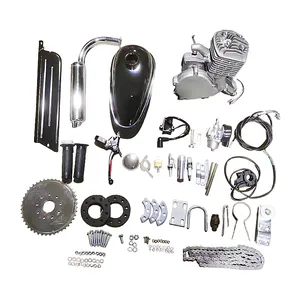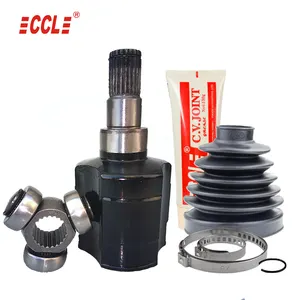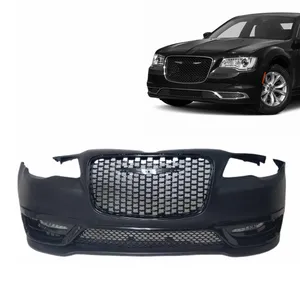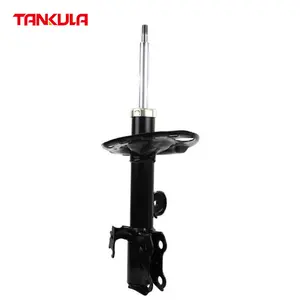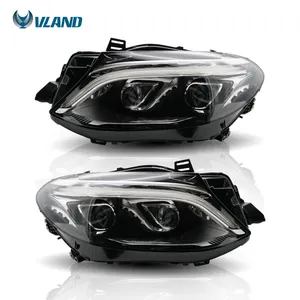Popular in your industry

















































Top categories
About train connecting rod
Understanding Train Connecting Rods
The train connecting rod is a pivotal component in the locomotive's engine, acting as a critical link within the mechanism. This rod plays a fundamental role in converting the reciprocating motion of the piston into the rotational motion required to drive the wheels of a train. The durability and performance of these rods are paramount, as they directly influence the efficiency and reliability of the train's propulsion system.
Types and Materials
Connecting rods for trains come in various materials, each selected for its properties and the specific demands of the application. Stainless steel rods are prized for their strength and corrosion resistance, making them suitable for harsh environments. Plastic variants, while less common, offer a lightweight alternative, often used in less demanding applications or where noise reduction is a priority. Iron connecting rods are known for their robustness and are typically used in heavy-duty applications. Each material offers distinct advantages, and the choice depends on the specific requirements of the train's engine.
Applications and Features
The application of train connecting rods extends beyond the simple linkage to encompass the overall stability of the engine's operation. These rods are designed to withstand high levels of stress and strain, ensuring the smooth transfer of force. Features such as resistance to wear and fatigue are critical, as they directly affect the lifespan and maintenance cycle of the engine components. The design of a train crank rod also incorporates considerations for thermal expansion and load distribution, which are vital for maintaining engine integrity under varying operational temperatures and conditions.
Advantages of Quality Connecting Rods
A well-crafted train connecting rod offers numerous advantages, including enhanced durability and improved engine performance. The use of premium materials ensures that the rods can endure the repetitive forces exerted during train operation. Furthermore, the precision in manufacturing these components ensures a perfect fit within the engine, reducing the likelihood of premature failure and minimizing maintenance requirements. The overall benefit is a more reliable and efficient train operation, with reduced downtime and operational costs.
Selection Criteria
When selecting a train connecting rod, it is essential to consider the engine type and the specific performance requirements. The dimensions, such as length and thickness, must be compatible with the engine's specifications. Additionally, the choice of material impacts the rod's performance in different operating environments. For instance, a coupling rods train may require a different material composition compared to rods used in high-speed applications due to the varying stress levels and operational demands.
Conclusion
In conclusion, the train connecting rod is a critical component that demands careful consideration regarding material, design, and application. While the market offers a range of options, the selection must align with the engine's requirements to ensure optimal performance and longevity. The variety of connecting rods available caters to the diverse needs of the railway industry, ensuring that each train is equipped with the best-suited components for its unique operational profile.
